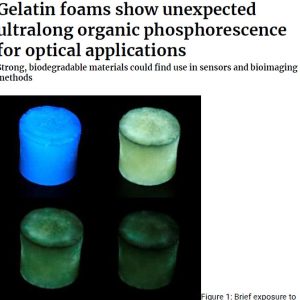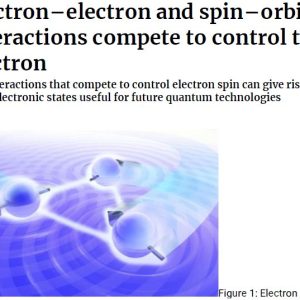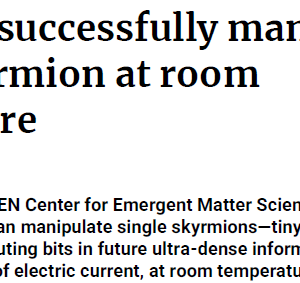
Effect of rotation speed and welding time during friction welding on the joint strength of porous Al_thermoplastic resin
₩4,000
In this study, the bonding of porous aluminum (porous Al) and thermoplastic acrylic resin by friction welding was attempted. We investigated the relationship
between bonding conditions (rotational speed of porous aluminum and processing time during friction welding) and the bonding strength during friction welding. This
method enables us to obtain porous Al composite materials by bonding with anchor effects relatively easily in a short processing time. Therefore, it is expected to be
applied to the fabrication of industrial products. Porous Al with a porosity of approximately 70ÿ was fabricated by the spacer method, and then it was welded to an
acrylic resin plate by friction welding. A tensile test was conducted on a bonded specimen to investigate the bonding strength. At a rotational speed of 680 rpm, a
specimen with the maximum bonding strength was obtained at the processing time of 60 s. However, in case of longer processing time the bonding strength decreased
with increasing processing time. At a rotational speed of 1100 rpm, a specimen with the maximum bonding strength was obtained at the processing time of 40 s,
which the bonding strength decreased with increasing processing time. At a rotational speed of 2000 rpm, a specimen with the maximum bonding strength was
obtained at the processing time of 20 s, which the bonding strength decreased with increasing processing time. The decrease in bonding strength was considered to
be caused by the generation of acrylic resin gas due to excessive frictional heat and a decrease in the thickness of the acrylic resin. It was concluded that porous Al
and acrylic resin can be successfully bonded by friction welding, and that the higher the rotational speed, the shorter the processing time required for bonding.





상품평
아직 상품평이 없습니다.